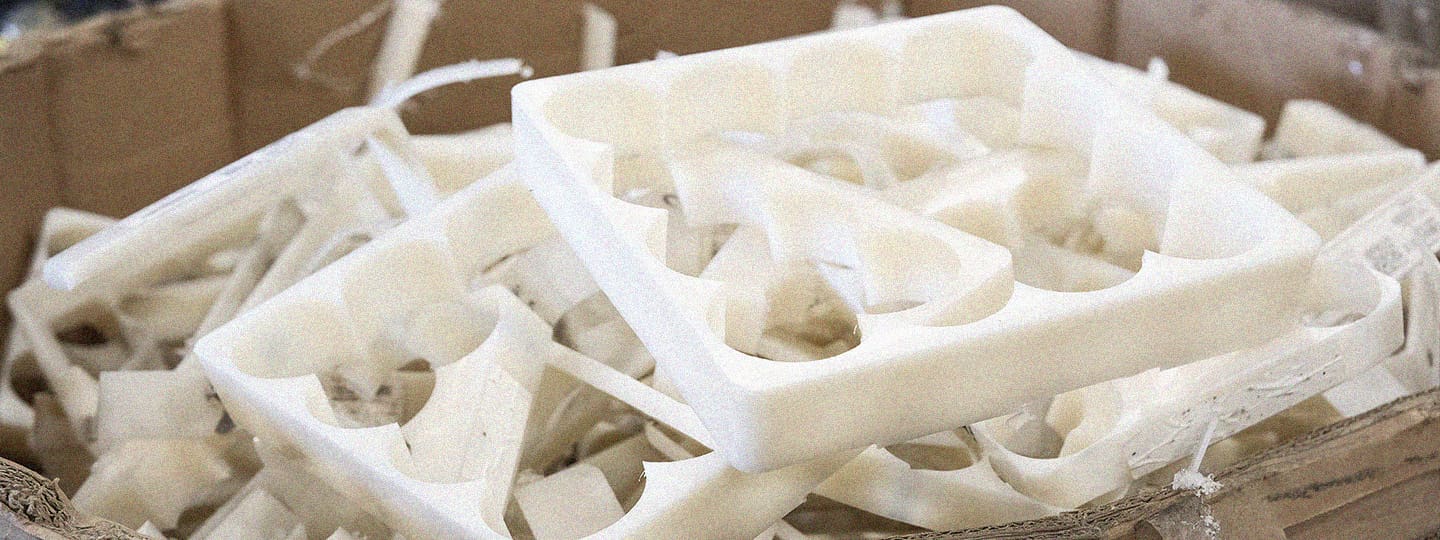Authored by Liz Mugho
Over the years, the rise of sustainable shopping has come into focus with the growing climate crisis. One topic that is gaining in popularity is the fast furniture industry. Similar to fast fashion, which mass-produces low-quality clothing, fast furniture is mass-produced furniture that is made of poorer-quality, plastic-based materials and usually lasts for a shorter time.
While fast furniture attracts consumers with low prices, these pieces tend to last only a few years. They are quickly thrown away— contributing to environmental waste that adds to the growing ecological crisis.
According to the Environmental Protection Agency (EPA), “Americans threw out over 12 million tons of furniture and furnishings in 2018 (up from 2.2 million tons in 1960), and over 80% of it ended up in landfill.” Due to the varying materials used by manufacturers, a lot of the waste ends up in landfills, which is contributing to the waste crisis the world is currently facing.
That being said, how can shoppers find quality, affordable pieces of furniture while limiting their environmental footprint? Luckily, there are a few ways to shop sustainably for your home decor. See below for a list of environmentally-friendly recommendations.
Buying second-hand
Buying used pieces is an easy way to find affordable furniture while mitigating environmental impact. Places such as Habitat for Humanity take furniture items that are no longer being used and sell them to members of the local community. Not only is this a great way to find new pieces for your home, but it is also a way to responsibly get rid of old furniture that is no longer needed.
Looking for natural and organic ingredients
While buying used is cost-effective and better for the planet, sometimes you can only find what you need by purchasing a new piece of furniture. In these cases, another way to reduce environmental impact is by ensuring the furniture you buy is made from sustainable materials. Looking for pieces made from materials such as different types of wood, organic cotton, upcycled fabrics, and more is a great way to ensure the sustainability of a design. In addition, looking out for not-so-good products, such as formaldehyde, benzene, and stain repellent, can help avoid buying fast furniture.
If looking at the ingredients might be too intimidating or confusing, looking for specific certifications is useful. Material certifications from the Forest Steward Council (FSC), Better Cotton Standard, and the Global Organic Textiles Standard (GOTS) can help you avoid products that fall into the “fast furniture” category.
Buying from sustainable brands
In addition, an easy way to ensure the furniture bought is sustainable is by buying from brands that explicitly show and tell consumers about their sustainable practices. Whether they make it from scratch or upcycle used furniture, many companies are making strides in ensuring it is sustainably sourced.
Etsy Reclaimed Furniture
One great example of this is Etsy Reclaimed Furniture. While Etsy is known for its unique, handmade goods, the company also works with sellers, and reclaims and upcycles furniture pieces into new gems. Due to them working with individual sellers, artists also bring new and unique twists onto their upcycled furniture, resulting in many unique, one-of-a-kind pieces on the website daily.
JoyBird
Another great option is JoyBird, a furniture company that focuses on quality over quantity when it comes to their furniture, all while employing eco-friendly practices to extend the life cycle of their furniture. Many of their furniture has the Greenguard Gold Certification, which looks for health-based criteria such as if chemical levels and VOC (volatile organic compound) levels are low enough to be used in facilities such as schools and healthcare institutions, in addition to sustainability. They also use fibers on some of their furniture made from recycled water bottles, ensuring the reuse of products that would otherwise sit in a wasteland.
Masaya and Co.
Masaya and Co. is another excellent resource for sustainably sourced furniture. Based in Nicaragua, the company annually plants more trees than they harvest on land defrosted by cattle, meticulously caring for them until they grow well independently. Therefore, while they use harvested wood to create handcrafted, handwoven furniture, they also cultivate the earth and the community they are surrounded with.
Do personal research
Another way to ensure that the furniture acquired was sustainably sourced is by doing personal research. Visiting company websites and examining their manufacturing processes is a great way to determine if a product is right for you. Look to see if they are transparent about their approach and what they are doing to mitigate environmental concerns.
Everyone has a part to play in the fight against climate change, and ensuring you are part of the solution is a great place to start. Luckily, you can reduce your footprint and take action in many ways.





